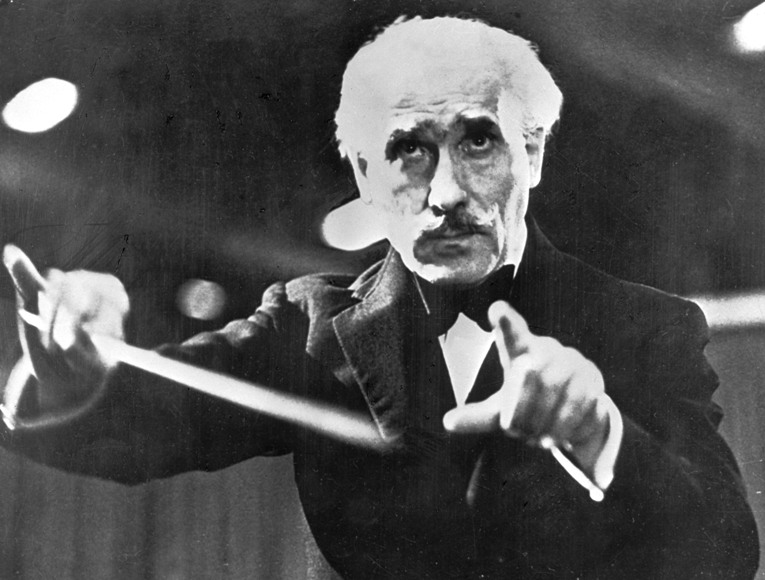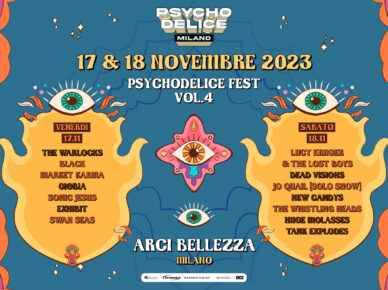La prima esperienza di Fred nel panorama della registrazione orchestrale si colloca nel 1912, anno in cui venne inciso su supporto magnetico l’intero repertorio concertistico della London Symphony Orchestra, sotto la direzione dell’insigne direttore Artur Nikisch: “But the limitations of orchestral recording in those days were severe. The size of the band could be no more than about forty, and still there was an unmerciful crush to get them all close enough to the horn. Even so, there were some instruments that simply would not record – lower strings in particular. These parts had all to be re – assigned to trombones and tubas. The result on the records sounded like exactly what it was – a brass band to which woodwind and a few violins had unaccountably been added”. Nel 1925 venne introdotto il rivoluzionario microfono a trasduzione elettrica, prima di cui “the top frequencies were triple C – 2,088 vibrations per second – and the low remained at E – 164 vibrations per second. Voices and instruments (especially stringed instruments) were confined rigidly within these boundaries, although the average human ear perceives from thirty to 15,000 vibrations per second, and musical sounds range from sixty to 8,000 vibrations. Electric recording encompassed this and more. A whisper fifty feet away, reflected sound, and even the atmosphere of a concert hall could be recorded – things hitherto unbelievable”. La “rivoluzione elettrica” rese finalmente possibile la registrazione di grandi orchestre senza alcuna tipologia di restrizione, anche in esterna, nel teatro dell’opera stesso. Tre microfoni equispaziati venivano posizionati nel proscenio, nascosti alla vista del pubblico, mentre le recording machine (generalmente due), i pannelli di controllo e tutti i membri dello staff tecnico trovavano posto in una modesto locale attiguo al palco. La supervisione dell’intero processo di incisione era affidata ad uno chief operator, mentre un controller (solitamente un musicista esperto), gestiva il pannello di controllo avendo a disposizione una partitura in cui venivano scrupolosamente annotati i tagli (cuts) da effettuare in tempo reale e la durata effettiva della registrazione.
Il direttore d’orchestra, mediante cenni precedentemente concordati, indicava al controller il “get ready” e lo “start” di ogni Atto; in questo modo il controller, seguendo minuziosamente le indicazioni della partitura, comunicava all’operatore i passaggi in cui un preponderante segnale in ingresso necessitava di una momentanea attenuazione attraverso il cut delle basse frequenze, al fine di non rendere vano l’intero processo di incisione: “Especially had to be alert for sudden forte timpani attacks, as these would have a fatal effect on the sound track: the effect would be that the blow would traverse three or four sound tracks and could not be reproduced by a pick – up. The way to deal with these ‘whacks’ was to cut the lower frequencies”. Come esempi chiarificatori di tale processo possono essere citati due passi estratti dalle memorie dello stesso Fred Gaisberg: il primo, relativo alle recording session con il celebre Toscanini (1935); il secondo, relativo alla supervisione della Vienna Philharmonic Orchestra, diretta dall’illustre direttore Bruno Walter ( 1938 ):
1) “How every time the timpanist made a thunderous attack or when, in some soft cello passage, Toscanini’s voice singing the melody would drown the solo instrument; pianissimos inaudible above the surface of the disc or fortissimos that sent stabs across into the next groove”;
2) “Over one hundred players filled the tiers of the stage and I took my place in the top corner amongst the timpanis facing the conductor. Through me passed the conductor’s signal to the engineers for the start of each movement of the work. Two recording machines each in charge of an egineer were used alternately: while one was recording, the other was being loaded with wax and was ready to take up the thread after number – one record was finishing. A switchboard control box was in the charge of the senior engineer, Charlie Gregory, who was advised by a musician who followed the performance with a full score and indicated the “hurdles” that had to be avoided – such as sudden forte timpani blows, or extreme pianissimos or fortissimos; also when at the end of a Movement the current had to be closed off before the applause began”.
III. GLI ANNI 50: LA NASCITA DEI PRODUTTORI INDIPENDENTI
Intorno alla metà degli anni 50, il panorama del music business statunitense assistette alla nascita di una nuova figura professionale che, a differenza dei precedenti A&R Directors, traeva il proprio compenso non da un salario fisso, bensì dal percepimento di royalties imposte sulle vendite dei dischi: la figura del produttore discografico indipendente. Tra i primi personaggi ad incarnare questo ruolo meritano una speciale menzione i celebri parolieri statunitensi Jerry Leiber & Mike Stoller, la cui immensa discografia annovera al suo interno artisti come Elvis Presley, The Righteous Brothers, Johnny Cash, The Coasters, The Drifters: “They merely write songs. Rather, they also conceived the entire record in their head: the arrangement, the style, the sound, the nuances of the vocal performances. In short: the production… So Leiber and Stoller introduced two seemingly contradictory notions: first, that production was part of songwriting; and, second, that production was a separate job. The latter notion was a matter of they profession; the former, of their art”. Il loro personalissimo stile di produzione – caratterizzato da un efficace mix di R&B, pop, orchestrazioni classiche ed esotici ritmi latini ( come quello del baion ) – avrebbe successivamente influenzato la “poetica” dell’illustre Phil Spector nella creazione del rivoluzionario Wall Of Sound.
articolo Artur Nikisch Bruno Walter Elvis Presley Fred Gaisberg GLI ANNI 50 Jerry Leiber & Mike Stoller Johnny Cash L'evoluzione storico/tecnica del Record Producer London Symphony Orchestra Phil Spector Quarta Parte. Rockambula Salvatore Carducci The Coasters The Drifters The Righteous Brothers Toscanini Vienna Philharmonic Orchestra Wall Of Sound
Last modified: 20 Febbraio 2019




















